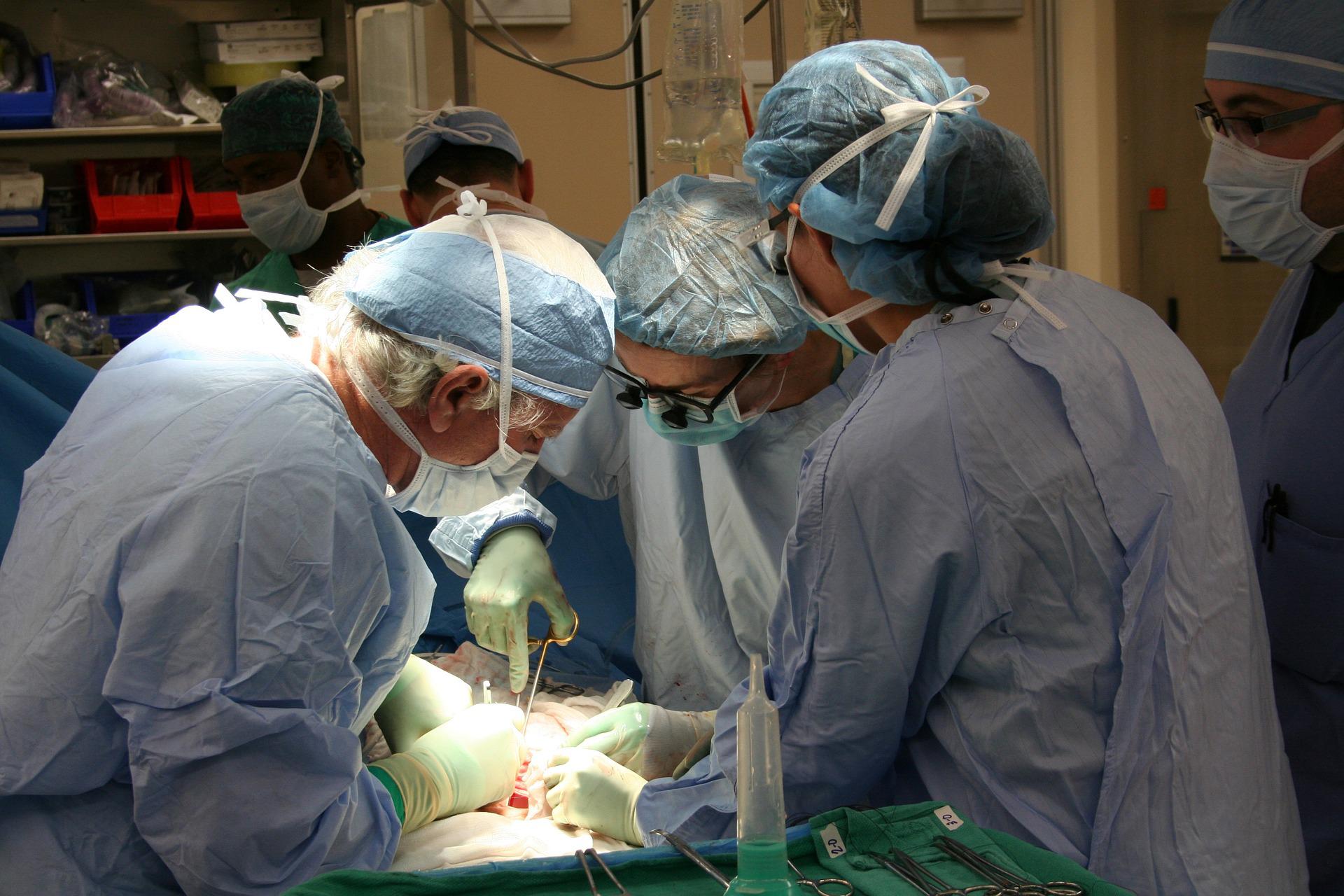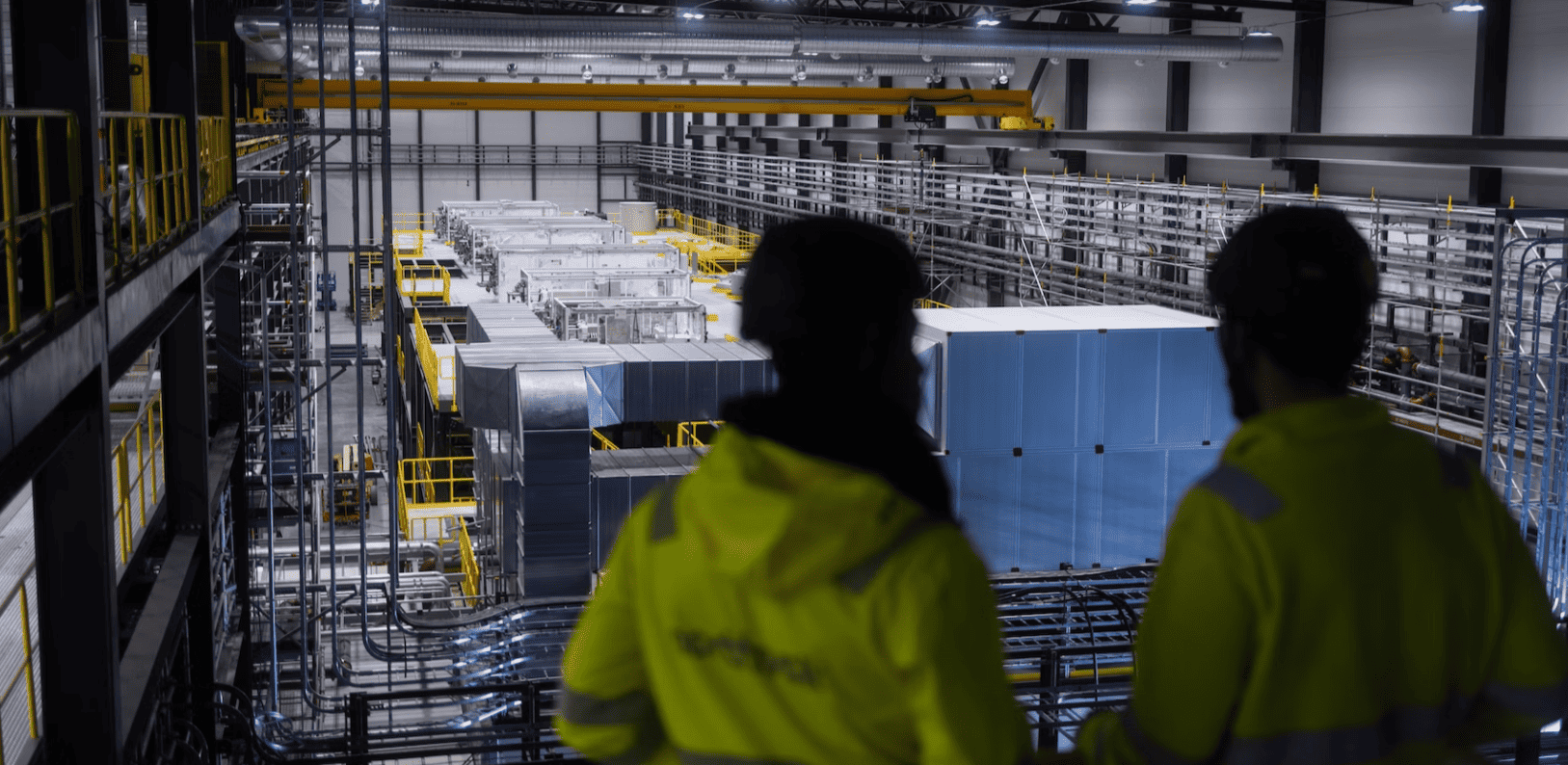
A large number of lungs donated cannot be used for transplantation. Researchers at Lund University in Sweden and Skåne University Hospital have conducted an animal study bringing hope that more donor lungs could be used in the future. The researchers have launched a pilot study to investigate whether the treatment will have the same positive effects on human beings, writes the University of Lund in a press release.
”The results from our study indicate that a certain treatment can help us use a larger part of a donor’s lung and that there is an improved outcome during the first two days after surgery,” says Sandra Lindstedt. She’s a senior consultant in thoracic surgery at Skåne University Hospital and adjunct professor at Lund University.
Lung function restored faster
In their study on pigs, the researchers investigated the effects of reducing the levels of cytokines in the lungs. Cytokines are small proteins that are produced by specific cells of the immune system.
The function of the lungs was reduced before the transplant so the lungs developed acute respiratory distress syndrome (ARDS). By doing this, the lungs acquired injuries similar to those of the donor’s lungs in humans. In ten cases the donor’s lung was treated – either before and after transplant or only after transplant. Six cases composed a control group and were not given any treatment.
”The results show that the lung function was restored to a higher capacity than before thanks to the reduced levels of cytokines. We could also see that the lungs were functioning better after the transplant and that complication during the first 48 hours after transplant was reduced,” says Lindstedt.
More transplants
About 50 to 60 lung transplants are performed each year at Skåne University Hospital in Lund and Sahlgrenska University Hospital in Gothenburg. The hope is that the number will increase thanks to the new treatment.
”This will not work on all donor’s lungs but if we can use it on some of the donor’s lungs that are discarded today, it could be of great significance for patients on the waiting list for a transplant. We hope to create the needed prerequisites to save more patients,” Lindstedt says.
The study results, which are published in Nature Communications, are the basis of a newly started clinical pilot study.
“We have started to include the first patients in the pilot study at Skåne University Hospital in Lund. The whole study consists of 20 transplants. Half of them will be treated to reduce the cytokine levels, and the rest will be treated in a conventional way. If we get positive results, we will expand the study and include 120 transplants nationally,” Lindstedt concludes.
Selected for you!
Innovation Origins is the European platform for innovation news. In addition to the many reports from our own editors in 15 European countries, we select the most important press releases from reliable sources. This way you can stay up to date on what is happening in the world of innovation. Are you or do you know an organization that should not be missing from our list of selected sources? Then report to our editorial team.




